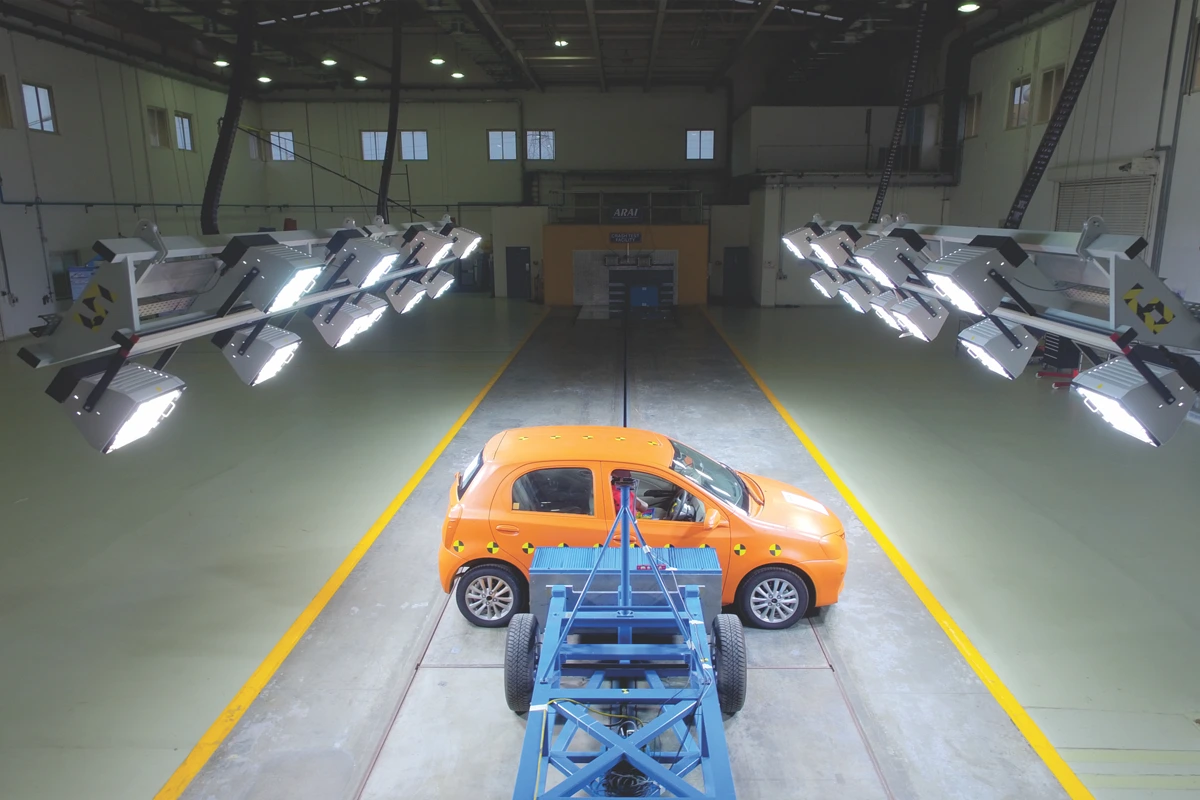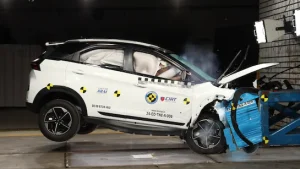

The Automotive Research Association of India has confirmed that it is currently working on the Bharat NCAP 2.0 rules and regulations. The new testing standards will focus on the safety crash testing of the ADAS features. Check more details below.
Also read: Rolls-Royce Black Badge Spectre debuts with 650 bhp power!


As per the latest statement released by Ujjwala Karle, Deputy Director of ARAI, the organization is currently working on creating the new crash test standards. Likely to be called NCAP 2.0, the new crash test rules will focus on the ADAS features. The main aim of the new crash test standards will be to increase the utility factor of the autonomous driving features.
ARAI’s statement also quotes that the current features are less useful as reported by customers of various brands. However, ADAS is an advanced technology that can save thousands of lives annually in India. Therefore, the new crash testing standards will ensure that the ADAS-equipped cars have more usable and better-calibrated features.
Over time, Indian consumers have focused on the safety aspect of the vehicles they buy. Additionally, brands like Tata, Mahindra, Hyundai, and Kia, have incorporated ADAS level 2 features in their mid-segment mass-market cars. However, the ADAS features are reported as less functional due to their poor calibration or misunderstanding of the driving situations.
The new crash testing rules are likely to add different levels of tests that will focus on the various aspects of the autonomous safety features. These aspects will include adaptive cruise control, front collision avoidance, lane assist, blind spot assist, and other features.
However, the officials of ARAI have not revealed any particular timeline for the introduction of the new BNCAP rules. But, online reports hint that the new rules might be launched in October 2027.
Also read: 2025 Kia Carens facelift spotted testing with sunroof, launch soon?
ADAS safety features used to be offered on luxury and high-end cars not long ago. However, Indian car buyers’ growing demand for safe cars has led to the innovation and inclusion of autonomous safety features in budget mass-market cars as well.